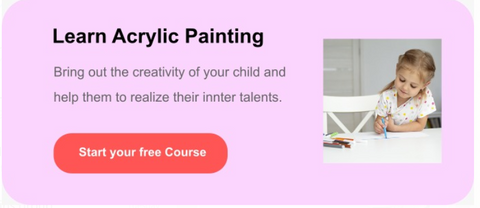Art and Mind

Any form of art stimulates the brain as it starts receiving visual information and promotes the mind to examine and interpret. It can conjure strong emotions and deep thoughts, or simply dazzle us with its visual brilliance. Everyone's reaction to art may be different, however its ability to impact us is unquestioned. Viewing, analyzing, and creating art stimulates the brain in substantial and long-lasting ways. For anyone interested in ongoing growth through a lifetime of learning, the cultural and intellectual benefits of art can serve as a powerful tool that you can leverage on your journey to subjective fulfillment.

When we see an artwork, neurons in our brain turn the action, movement and energy of the artwork into actual emotions. This process is termed as embodied cognition which enables us to think, analyze and open our senses for assumptions and conclusive notions. These interactions of the brain to visual stimuli are important to make the most out of an active and involved experience. Not only viewing art but also creating art increases functional connectivity in the brain along with enhanced activation of the visual cortex. Researchers conclude that art making is an extremely effective exercise for the brain to keep the mind sharp and lucid. Art classes can be taken at any age since there is no distinctive age to learn art and it equally benefits all.

Group art classes allow both children and adults to socialize with friends where they can interact and share their expressions or thoughts with each other. When creativity keeps flowing, the brain is able to cope up with other situations like depression, stress, mood disorders, addictive behaviors, overthinking and brain fogging. Although the research in the field of art therapy is emerging, there's evidence that making art can lower stress and anxiety. In a research paper (2016) published in the Journal of the American Art Therapy Association, the cortisol levels of 39 healthy adults was measured by a group of researchers. Cortisol is a hormone that helps the body respond to stress. They found that 45 minutes of creating art in a studio setting with an art therapist significantly lowered cortisol levels. The paper also showed that there were no differences in health outcomes between people who identify as experienced artists and people who don't. So that implies that no matter your skill level, you'll be able to feel all the good and positive things that come with making art.
Anything that creatively engages the mind finds a way to interpret and decipher new ideas, strengthens the ability to think, helps to flex our imaginations and new ways of communication. The process of making an artwork is effective for building up a healthy brain and leading a quality life in many ways. The materials we choose, color selections, series of decisions that we take up in the journey of giving birth to new ideas promotes decision making as well as problem solving abilities. Art improves perception and understanding of both the inner and outer world which results in positive functioning of the conscious and subconscious mind.
